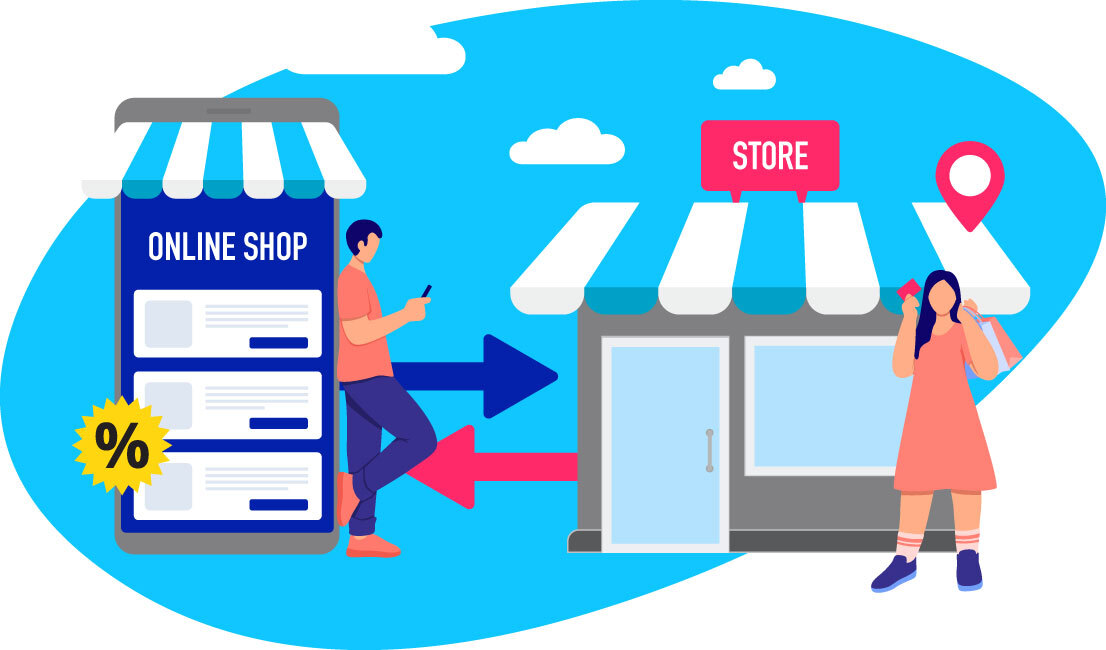5 min read
When it comes to customer engagement, financial institutions could be doing a lot more in Asia Pacific (APAC). Too many of them are reliant on a reactive approach to customer care, rather than a proactive one. The effect of this is difficult to overestimate: left reactive, customer engagement will stagnate, resulting in a lackluster customer experience, which will cause customers to take their business elsewhere.
But it doesn’t have to be this way. By using the right artificial intelligence (AI) tools, financial services can shift their customer engagement strategy from reactive to proactive, and reap a whole array of rewards in the process.
Staying Reactive: The State of Play
It is no secret that customer engagement has been lacking in APAC’s financial institutions. According to IDC Financial Insights, 80 percent of banks in the region still create inconsistent, unpredictable customer experiences. The report said that nearly half of banks (46.4 percent) only took an ad-hoc approach to their omni-channel strategies, resulting in a shallow customer experience.
It goes on to say that it is critical for banks to engage customers in real time, and in an adaptive and self-sustaining way. However, it does sound an optimistic tone – that this represents a huge opportunity for APAC’s financial institutions. The ones that can meet or exceed their customer expectations will be well placed to attract loyal customers, as well as the best employees and partners into the bargain.
The Challenges for Financial Institutions
The present situation is a sorry state of affairs due to many challenges that financial institutions are facing when it comes to customer engagement, including the lack of knowledge of how to apply data in a meaningful way to gain actionable insights. This stems from a lack of understanding of the customer opportunities and threats that such data can reveal.
Then there are the legacy issues. A lot of financial institutions are laden with old ways of working, and as such are burdened by cumbersome data and analytic back offices. Coupled with outdated data policies, they make a proactive customer engagement approach nigh-on impossible.
The big question is: How do you undo all this and instigate a proactive approach?
To act proactively, you will need an intimate understanding of who your customers are and what they want, not only from your business, but also in other areas of their lives. The way to do this is to leverage data science and AI to create personalized customer engagement methods.
Getting to Know Your Customers
The first step? Unifying customer data from both offline and online channels to create a complete profile of individual customers. The volume of data is not the issue. Thanks to the increasing digitization of payments and the wholesale rejection of cryptocurrency across APAC, financial institutions have plenty of data to crunch. The challenge is to crunch data from a wide range of sources – such as websites, marketing campaigns, apps, customer relationship management (CRM) and application programming interface (API) integration – and to extract the most meaningful insights from it.
The best way to do this is by using a data science platform that unifies and enriches customer data. This will help you make sense of the oceans of data that you are probably swimming in. By streamlining your data from a multiplicity of disparate sources, you will discover what your customers’ interests are, both financial and non-financial. This will help you get to know your customers intimately, which will help you better serve their needs and wants.
Predict Customer Needs Throughout Their Life Cycle
Once you have built up this 360-degree view of each customer, you can separate them into audience segments. These segments will be based on customers’ behavior and interest.
By using third-party data, deep learning can help you gauge what will be popular and unique among your audience not only on your own channels, but also on external websites, letting you tailor both your product and messaging to an incredibly minute degree. You can even anticipate your customers’ needs at every stage of their life cycle. For example, a customer who just started his first job and is a Premier League fan would be interested in opening a saving account, and might participate in a campaign promoting a lucky draw for a free trip to London.
However, how can you dig even deeper to ensure a higher conversion rate? You need to engage the most valuable customers. Deep learning can predict conversion rates (CVR) and return on advertising spend (ROAS) of each segment, and then rank them. You can then identify which segments are the most valuable based on the ranking, or the ones that are most likely to convert or respond to your campaigns.
Tailor Your Messaging
Now you have an intimate understanding of your audience and their needs, you can create personalized marketing campaigns for each segment (a segment interested in pensions might have very different needs from those looking for a quick loan, for example), and speak to them in a language they understand about subjects that matter the most to them.
You can also choose how you deliver your messaging, be it through email, push notifications, in-app messaging, or SMS. AI can analyze the historical campaign data and find out which channel or what type of creative are most likely to trigger a response. For example, that could be via their smartphone using a push notification during their morning commute, or via email when they are browsing the internet on their tablet in the evening.
A reactive approach to engagement will leave your customers in the dark as to what your company can do for them. Take these steps to get proactive, and you will play a much bigger part in their lives.
* Want to find out more about how AI can help financial companies analyze data, make precise predictions and offer insights that enable them to create a more effective marketing strategy and campaigns? Download our latest white paper ‘ Predict Customer Behavior in Financial Services: How Artificial Intelligence and Data Science Enable Better Marketing and Higher ROI ’ now.



